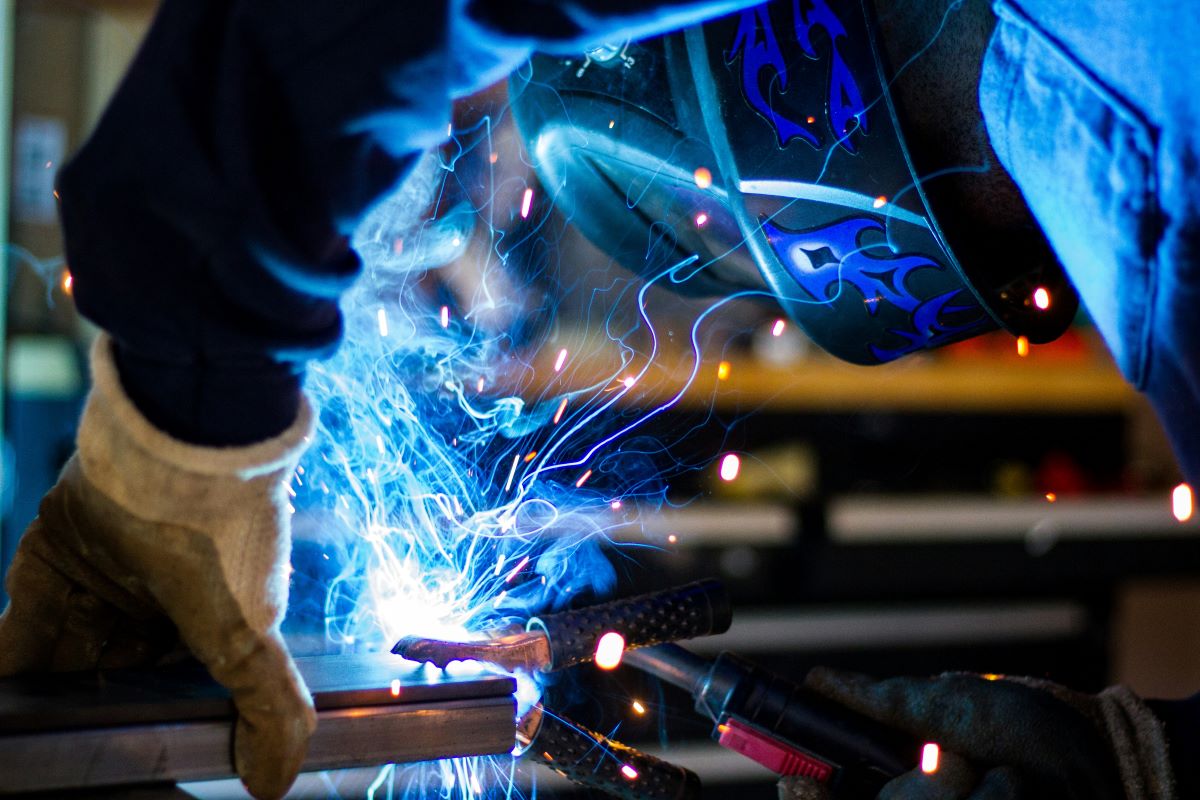In the realm of welding, adherence to standards and regulations is paramount to ensure the quality, safety, and reliability of welded products across various industries. This article explores how norms and standards influence welding quality and provides insights into strategies for meeting industry requirements.
Role of Standards in Welding Quality
Standards and regulations in welding serve as benchmarks that define the criteria for acceptable weld quality. These standards are established by organizations such as the American Welding Society (AWS), International Organization for Standardization (ISO), and various national regulatory bodies. They encompass guidelines on welding procedures, materials, inspections, and welder qualifications, ensuring consistency and reliability in welded products.
Key Industry Requirements
Different industries have specific requirements and standards that dictate welding practices:
- Structural Engineering: Welded structures must meet stringent criteria for strength, durability, and safety. Standards like AWS D1.1 for structural welding and Eurocode standards in Europe outline procedures for designing and welding structural components to ensure they can withstand intended loads and environmental conditions.
- Oil and Gas: Welding in the oil and gas industry must adhere to rigorous standards such as API 1104. These standards cover welding procedures for pipelines, offshore platforms, and storage tanks, emphasizing the need for weld integrity to prevent leaks and structural failures.
- Aerospace: Aerospace welding demands precision and reliability to ensure the structural integrity of aircraft components. Standards like AWS D17.1 provide guidelines for welding aerospace materials, including aluminum and titanium alloys, with strict requirements for weld quality and non-destructive testing.
- Automotive: Welded components in automotive manufacturing must meet standards like ISO 3834, which ensures the quality of welding processes across the supply chain. Automotive standards focus on weld strength, dimensional accuracy, and resistance to fatigue and corrosion.
Meeting Industry Requirements
Achieving compliance with industry standards involves several key practices:
- Qualification and Certification: Welding procedures and welders must be qualified and certified according to applicable standards. This involves testing procedures (PQR) to validate welding procedures and performance tests (WPS) to certify welders’ capabilities.
- Quality Control (QC): Implementing robust QC measures ensures that welding processes adhere to specified standards. QC includes visual inspections, non-destructive testing (NDT) such as ultrasonic testing (UT) and radiographic testing (RT), and documentation of weld quality.
- Procesoptimalisatie: Continuously optimizing welding processes improves efficiency and consistency while meeting quality requirements. This may involve adjusting welding parameters, upgrading equipment, and adopting advanced welding technologies to enhance weld quality and productivity.
- Training and Education: Providing ongoing training and development for welders, inspectors, and engineers is crucial. Training ensures awareness of current standards, proper welding techniques, and advancements in welding technology, fostering a culture of quality and compliance.
Conclusie
The impact of norms and standards on welding quality underscores their critical role in ensuring the integrity and performance of welded products across diverse industries. By adhering to established standards, companies can mitigate risks, enhance product reliability, and maintain regulatory compliance. Effective implementation of welding standards involves thorough qualification, rigorous quality control, continuous process improvement, and ongoing education. Embracing these practices not only meets industry requirements but also enhances competitiveness and customer satisfaction in an increasingly regulated global market.

